A Víz világnapja 2025, gleccservédelem
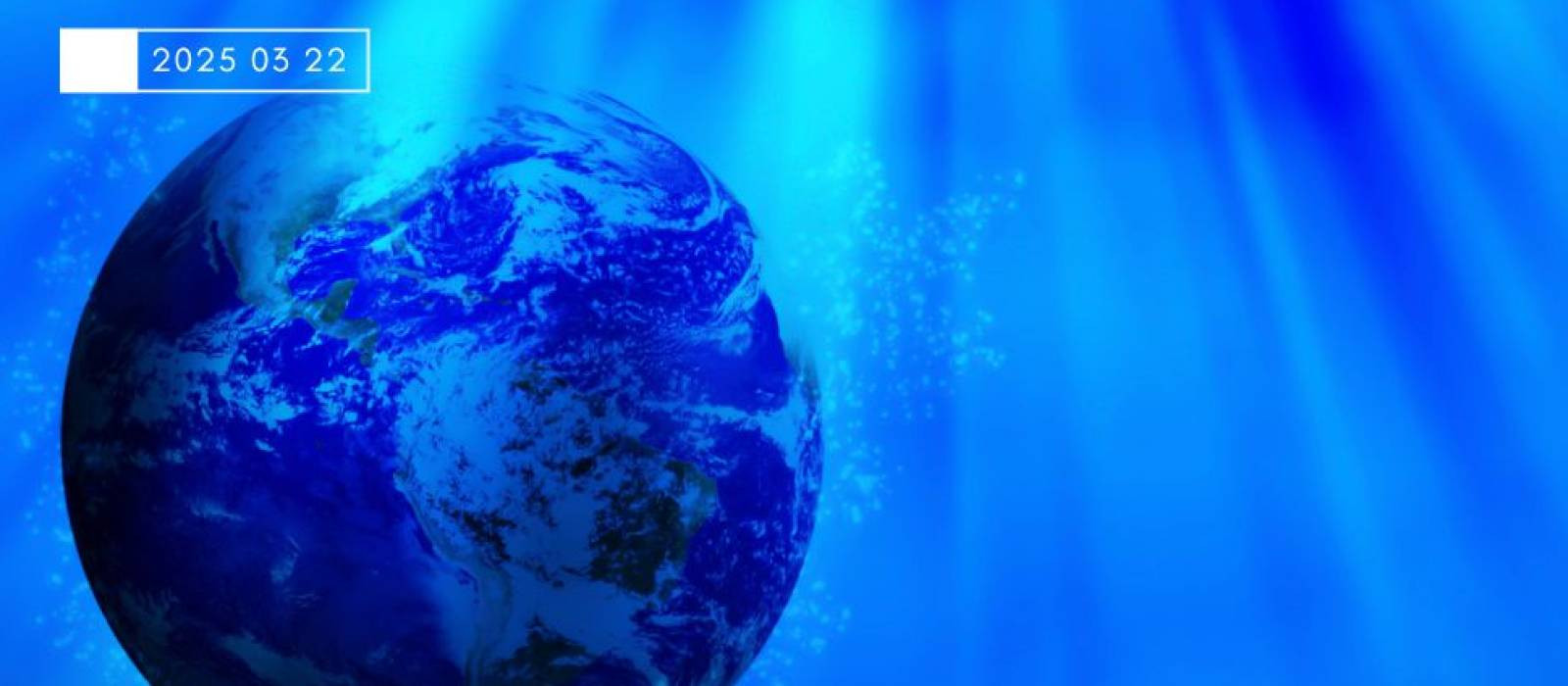
World Water Day 2025, glacier protection
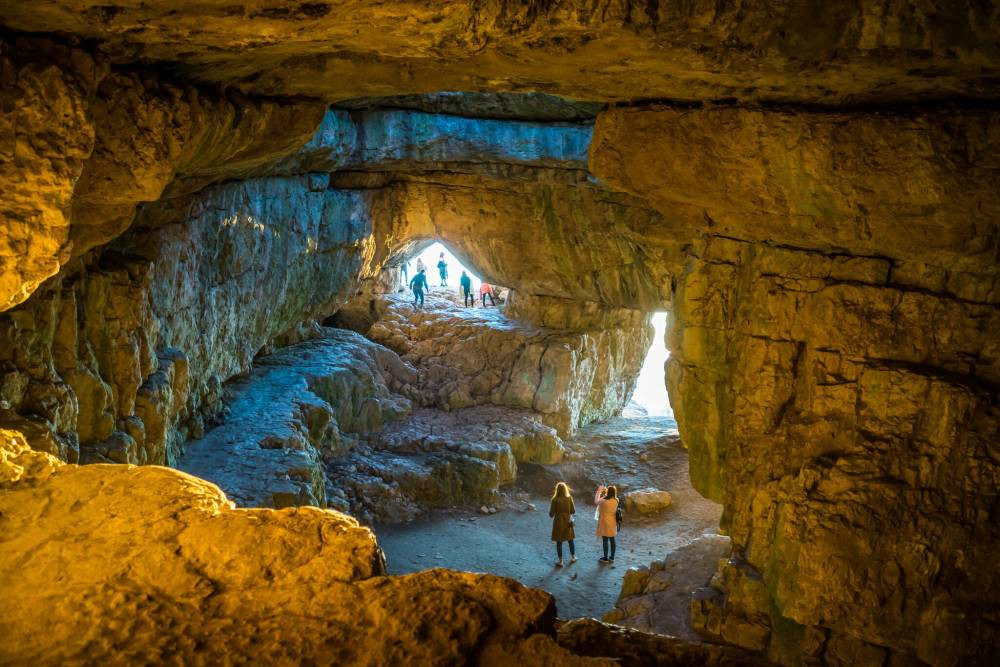
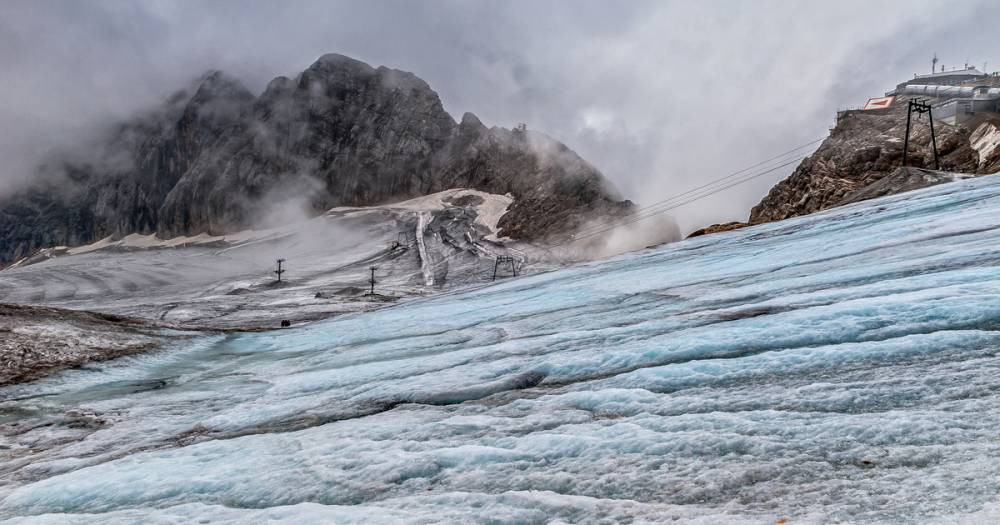
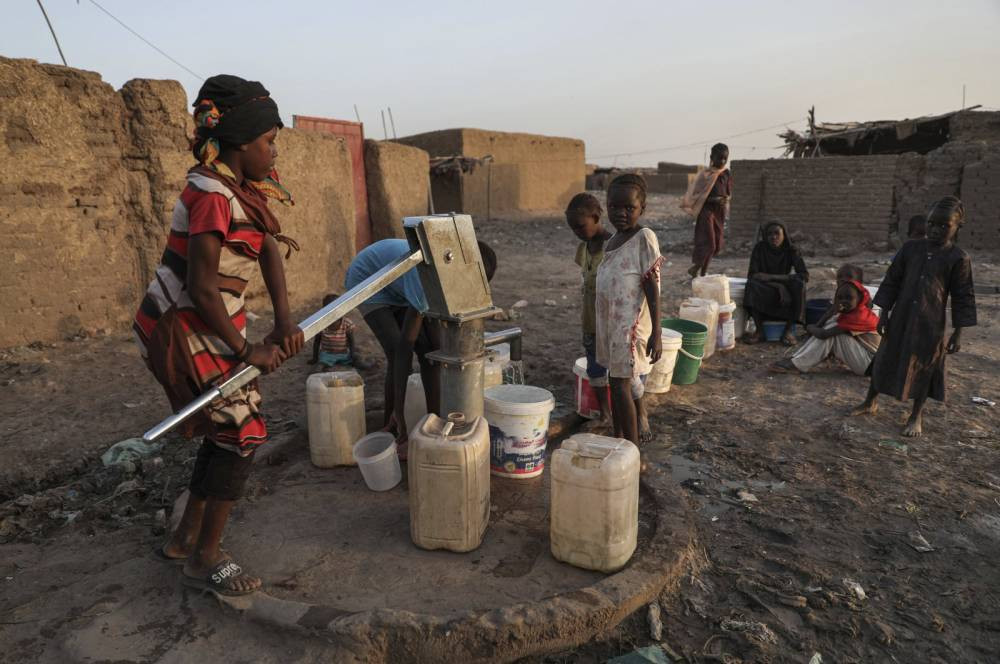
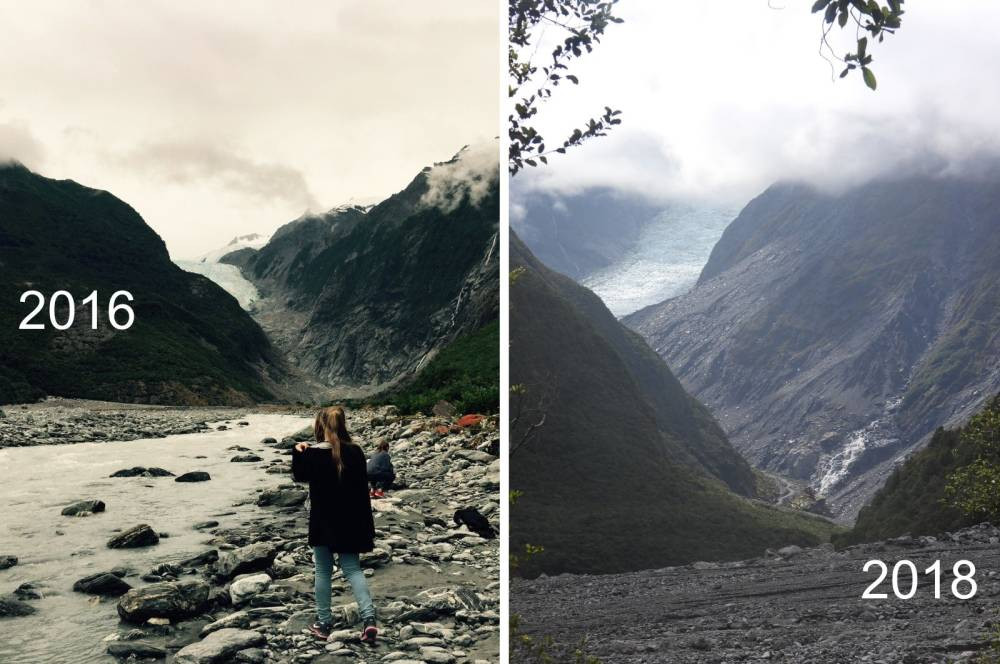
The United Nations declared March 22nd as World Water Day following the International Conference on Environment and Development held in Rio de Janeiro in 1992. Each year, World Water Day has a specific theme: in 2025, the focus is on the protection of frozen water resources, meaning this year we are paying special attention to glaciers.
Although Hungary does not have glaciers today, and their changes do not directly affect our daily weather, glaciers melting increasingly rapidly due to global warming have and will have significant impacts on the planet's weather worldwide. Glacier melting can indirectly affect our region. With this in mind, it is worth getting to know glaciers a bit.
The territory of present-day Hungary, like much of Europe, was covered by glaciers during the last Ice Age, which ended about 10,000 years ago. Glaciers shaped valleys, mountains, and lakes. Geological phenomena and memories, including the observation of glacier activities, can help uncover the memories of the Paleolithic era, the so-called prehistoric period. Archaeological remains from this period include the findings from Vértesszőlős, Subalyuk, the Szelim, and the Szeleta caves. These also indicate that the last Ice Age should not be imagined as a time when nothing could survive, with ice and snow ruling everywhere. Research suggests that the average temperature in Europe at that time was around 14 degrees Celsius, meaning there were periods when vegetation existed on the surface.
The misconception that when the Ice Age comes again, our world will model the inside of a freezer is dangerous. It is dangerous because today it seems almost impossible, very, very distant for such an environment to develop for us. It is dangerous because, as a result, we do not pay sufficient attention to protecting our environment. We do not do what we could, what we should do, because the danger seems so distant, "it will not reach us."
We do not have glaciers at home, but the accelerating melting of the Earth's glaciers will have a significant impact on us.
Glaciers feed rivers during the summer period, when the amount of precipitation in the catchment areas decreases or even disappears for longer periods. The water level of the Danube and the Tisza and the amount of water arriving in them may also decrease if less water reaches the rivers from the glaciers due to melting.
Large glaciers have a tempering, balancing effect on Europe's weather. As they melt rapidly, the size of the ice-covered surfaces decreases significantly, making weather extremes more frequent, summers drier and hotter.
The rapid melting of glaciers and the polar ice cap leads to rising sea levels, which also affects the flow of large rivers, and the proportion of inland water areas may increase significantly, which may also affect Hungary.
The accelerating melting of glaciers will affect natural habitats, flora, and fauna through its impact on the weather, not just human life. According to weather models, for example, the Mediterranean climate will expand northward from the Mediterranean zone, which will also affect Hungary. Non-native plants and creatures will appear here, while others will move towards cooler northern areas. Biodiversity and the ecological environment will change.
Due to the accelerating melting of glaciers, agriculture in Hungary must prepare for longer dry periods, while the intensity of precipitation will increase significantly. This increases the risk of floods and related damages.
If the European Union, including Hungary, cannot take appropriate measures to protect glaciers and our natural environmental values, we must change our thinking and prepare for various dangers arising from climate change. We must manage the precipitation and surface waters arriving in our country wisely, in the good sense of the word. We must store, use for irrigation, and create adequate reserves for lean times, which have now become a realistic risk.
The closest "active" glacier to our country is Dachstein
Water has already become the most valuable resource in some parts of the Earth due to its limited availability or scarcity. There are countries where only 5% of the population has access to healthy drinking water, and there are countries where armed conflicts occur at their borders over the possession of water.
In 2012, the UN established a threshold series for the water resources of individual countries and thus for the classification of the population's water stress exposure. According to this, in a country where the water resources per capita do not reach 1,700 m³/person, there is a water stress situation. Below 1,000 m³/person, we can talk about water scarcity, and below 500 m³/person, absolute water scarcity.
According to the 2021 document of UN Water, 72% of total water withdrawals are used by agriculture, 16% by municipalities, population, and services, and 12% by industry. The fact that this value is ~10,000 m³/person in Hungary should not reassure anyone. Water, as one of the fundamental elements of life, has become and is becoming a strategic resource due to the effects of climate change, including the melting of glaciers.
For this reason, it is our duty to protect the environment, reduce our own water usage, and design buildings where the collection, utilization, and return of rainwater to the soil, as well as the incorporation of modern solutions that reduce technological water demand, are important requirements for us. With our plans and by changing our habits in our daily lives, we can and must positively impact our environment.
Even if the glaciers are far from us.
I had the opportunity to visit the Franz Josef Glacier twice in the same season, in January 2016 and January 2018, in one of the world's most beautiful natural environments, on the South Island of New Zealand. On the occasion of World Water Day, I am showing two of my own photos to illustrate the critical situation of the glaciers.
The left photo is from 2016, and the right one is from 2018. As seen between the two photos, the glacier lost about 150-200 meters in length over two years!
And of course, this has global climate change causes, not the 1,012,000 inhabitants living on the 150,407 km² of the South Island. If we pay more attention, perhaps the glacier will shorten more slowly, so our grandchildren can also see some of it.
And on the occasion of World Water Day, it is interesting to recall the history of the glacier based on Maori oral traditions:
The Maori name of the glacier (Kā Roimata o Hinehukatere, meaning: Tears of Hinehukatere) originates from the local oral traditions: Hinehukatere was a woman who lived in the distant past and, as a passionate mountaineer, convinced her lover, Wave, to go to the mountains together. However, during their journey, Wave fell into the depths. In her grief over losing her partner, Hinehukatere began to cry – her tears were frozen by the gods as an eternal memory of her pain, thus creating the glacier. The glacier was finally named in 1865 by the German Julius von Haast in honor of Franz Josef.
Takács Ákos Vice President, Sustainability Director CÉH zRt.
Sources used:
- https://chatgpt.com/?model=auto
- https://ritkanlathatotortenelem.blog.hu/2015/03/18/gleccserek_egykor_es_mosthttp://www.sze.hu/
- http://www.sze.hu/~radicsa/Geologia/Geologia1_2_jegyzet.pdf
- https://hu.wikipedia.org/wiki/%C5%90sk%C5%91korszak
- https://adt.arcanum.com/hu/view/Lexikon_UjLexikon_04/?query=Tata+gleccser&pg=80&layout=s
- https://adt.arcanum.com/hu/view/ARCHERT_1970_097/?query=Tata+gleccser&pg=149&layout=s
- https://adt.arcanum.com/hu/view/ARCHERT_1970_097/?query=Tata+gleccser&pg=149&layout=s
- https://www.google.com/search?q=translate&rlz=1C1BNSD_huHU931HU931&oq=transl&gs_lcrp=EgZjaHJvbWUqEQgAEEUYOxhDGMkDGIAEGIoFMhEIABBFGDsYQxjJAxiABBiKBTIMCAEQABhDGIAEGIoFMgwIAhAAGEMYgAQYigUyDAgDEAAYQxiABBiKBTIGCAQQRRg5Mg0IBRAAGJIDGIAEGIoFMgcIBhAAGIAEMgYIBxBFGEHSAQgxNDUzajBqN6gCALACAA&sourceid=chrome&ie=UTF-8
- https://www.waternewseurope.com/four-european-countries-are-subject-to-extreme-water-stress
- https://www.eea.europa.eu/hu/publications/report_2003_0617_150910/at_download/file
- https://i0.wp.com/epthinktank.eu/wp-content/uploads/2015/06/available-water-resources.png?ssl=1
- https://www.eea.europa.eu/publications/92-9167-025-1/page004.html
- https://www.grida.no/resources/8207
- https://www.wri.org/insights/highest-water-stressed-countries